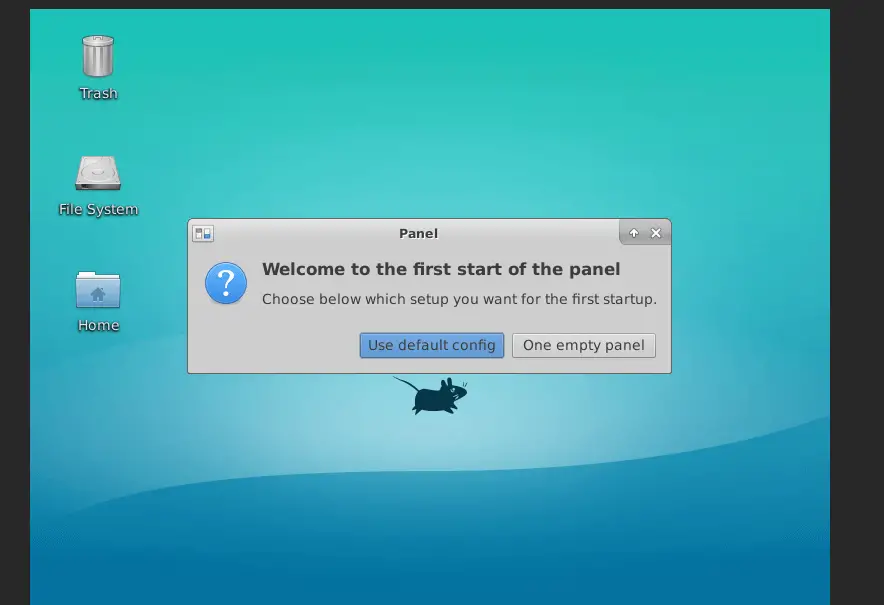

- #Gnome vnc connect how to#
- #Gnome vnc connect update#
- #Gnome vnc connect full#
- #Gnome vnc connect password#
- #Gnome vnc connect free#
Vncext: Listening for VNC connections on all interface(s), port 5902 Initializing built-in extension VNC-EXTENSION Initializing built-in extension XVideo-MotionCompensation Initializing built-in extension X-Resource Initializing built-in extension DOUBLE-BUFFER Initializing built-in extension MIT-SCREEN-SAVER Initializing built-in extension XKEYBOARD Initializing built-in extension BIG-REQUESTS Initializing built-in extension XInputExtension Initializing built-in extension Generic Event Extension Underlying X server release 11500000, The X.Org Foundation Xvnc TigerVNC 1.1.0 - built 06:00:32Ĭopyright (C) 1999-2011 TigerVNC Team and many others (see README.txt) Now when I restart the vncserver service, I get this in my log files. startx was giving me "command not found" before I installed GDM. I am using a virtualised server platform, no physical monitor attached. I installed GDM, and now at least I have an xinitrc file and startx is doing "something".


I don't even have an xinitrc executable in /etc/X11/xinit, I only have a directory xinitrc.d, which just has one file in it: 00-start-message-bus.sh Xterm -geometry 80x24+10+10 -ls -title "$VNCDESKTOP Desktop" &
#Gnome vnc connect how to#
#Gnome vnc connect free#
11 Ways to free up disk space on cPanel servers 16575 8.Install packages in Arch Linux from AUR 17621 15.
#Gnome vnc connect password#
server_ip_address:1Īnd the password will be what you set earlier when first launching the VNC session. The following is your address which you need to enter when connecting. You can now use a VNC client/viewer to connect to your computer remotely and use it. Save the file by pressing ctrl + o and exit by pressing ctrl + x and then pressing enter. X-terminal-emulator -geometry 80x24+10+10 -ls -title "$VNCDESKTOP Desktop" & # Uncomment the following two lines for normal desktop: Now edit the end of the file to match it with the below configuration. Note: This file will only be created when you start a VNC session for the first time.

Now edit the file ~/.vnc/xstartup to match the configuration given below.
#Gnome vnc connect full#
We need to configure VNC to launch the full Unity desktop when it starts. But you’ll see a gray screen instead of the desktop. You should now be able to connect using a VNC client. Now test the VNC server by starting a session. There are several VNC servers to chose from. Type y and then press enter to use the updated version. sudo apt-get install ubuntu-desktop gnome-panel gnome-settings-daemon metacity nautilus gnome-terminalĭuring the installation, you might be asked whether you want to change a system file to a new version. To install it along with a few other packages which are required for the graphical interface to function properly, run the following command. We’re going to install the Unity desktop, which is the default desktop environment of Ubuntu. There are multiple desktop environments which you can install on your instance to use it with a graphical interface.
#Gnome vnc connect update#
sudo apt-get update & sudo apt-get upgrade -y Install Ubuntu Desktop on Your Instance Update your system using the following command. VNC (Virtual network computing) is a graphical desktop sharing system which will allow you to connect to a computer, view it’s graphical interface and control it remotely using a VNC client. Luckily for you, installing a desktop and connecting to it using VNC is really simple. Sometimes you might need an instance running a desktop environment to run GUI applications or to just use it with a desktop as a remote computer.


 0 kommentar(er)
0 kommentar(er)
